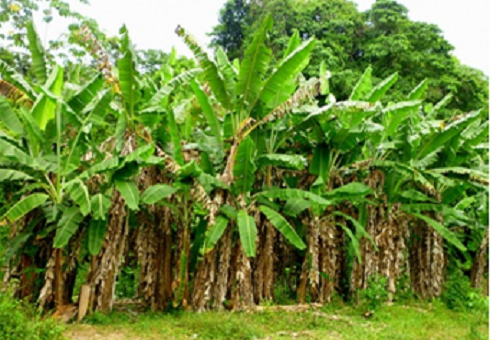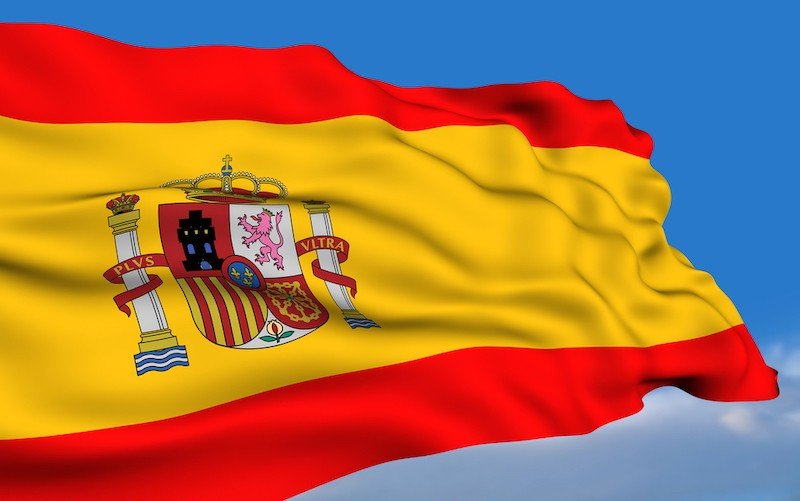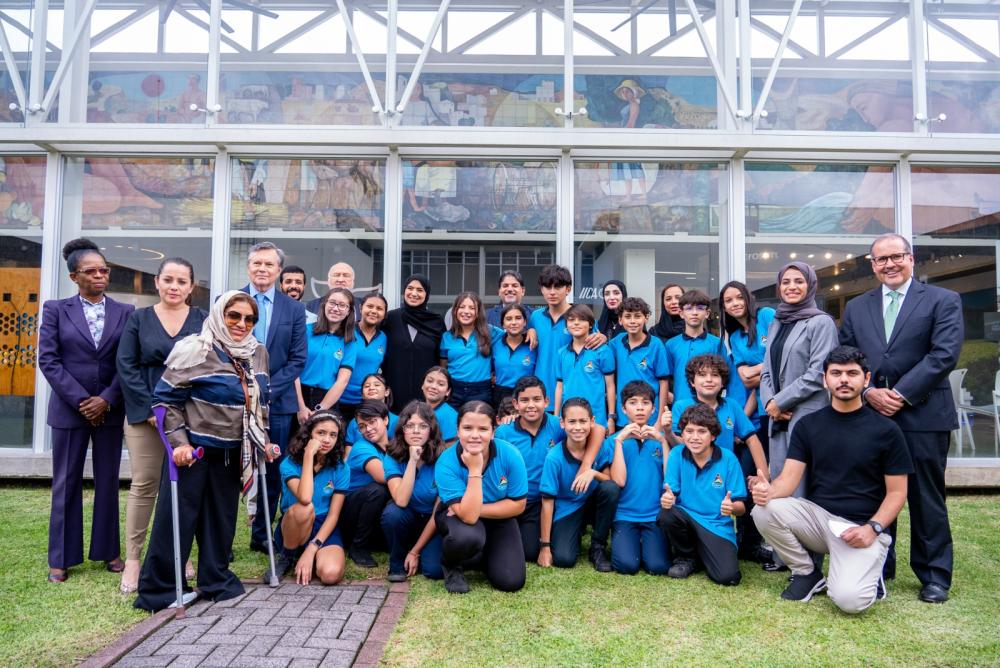The banana crop in the Dominican Republic
Bananas (Musa paradisiaca) originated in South Asia and is being known since 650 AD. The banana we know came to the Canaries Island in the fifteenth century and from there it was brought to America in 1516. This staple crop is one of the most consumed in the Dominican Republic, it is estimated annually that the banana consumption in the country is of more than 2 billion units annually, according to data from the Ministry of Agriculture.
The banana crop in the Dominican Republic
Bananas (Musa paradisiaca) originated in South Asia and is being known since 650 AD. The banana we know came to the Canaries Island in the fifteenth century and from there it was brought to America in 1516. This staple crop is one of the most consumed in the Dominican Republic, it is estimated annually that the banana consumption in the country is of more than 2 billion units annually, according to data from the Ministry of Agriculture.
The Dominican Republic is currently a major producer of bananas, especially organic. Its production is oriented for both the national and international markets and according to Ministry of Agriculture data, for 2016 the Dominican Republic has become the world’s leading exporter of organic bananas, which means that 63% of the 270,000 tareas (approximately 17,000 hectares ) dedicated to this crop have been certified as being free of pesticides or any other type of chemical.
Bananas are a vital component in the diet of the Dominican Republic as fruit in mature state and as food in its green state. It is also an important item in the national economy, contributing predominantly to the Gross Domestic Product (GDP) of the agricultural sector, through exports to the markets of Europe and the United States.
The main varieties produced in the Dominican Republic are Cavendish, Criollo, Johnson, FHIA21, Valery, Great Dwarf and Great Ney, however, producers prefer the Cavendish variety. In addition, this variety produces larger clusters and has a higher level of productivity. The main sowing areas are the Noroeste Line, and its production is distributed in the provinces of Valverde, Dabajón and Montecristi, mainly in the provinces of Barahona, Neyba, Peravia and Azua, as well as in the Central, Northwest and Northeast regions. In the country it is consumed in several ways: fresh as green provisions or ripe fruit, such as ice cream, liqueur, mashed potatoes, breads, breads, cookies and sweets.












